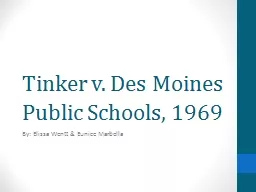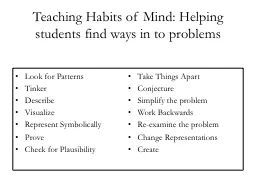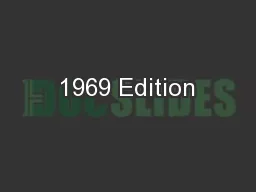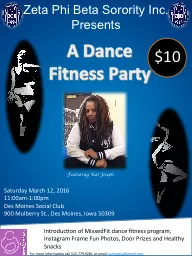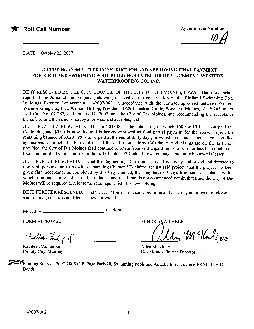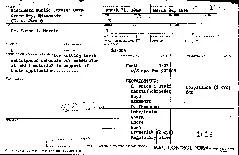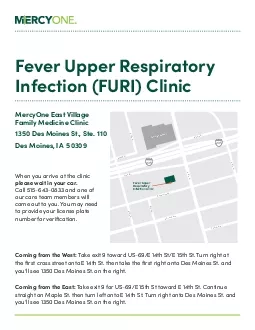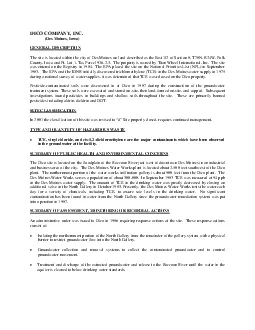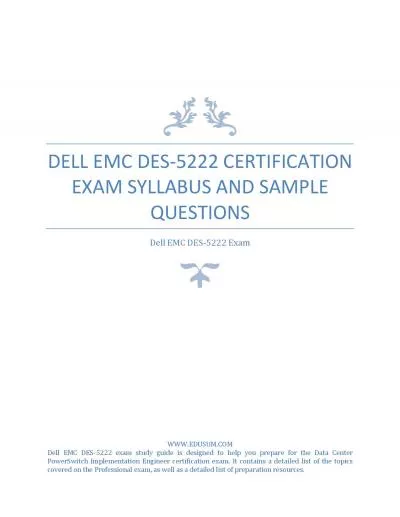PPT-Tinker v. Des Moines Public Schools, 1969
Author : pasty-toler | Published Date : 2016-07-28
By Elissa Wentt amp Eunice Marbella Case Description In 1965 three Iowa public school students John F Tinker Mary Beth Tinker Christopher Eckhardt wore black armbands
Presentation Embed Code
Download Presentation
Download Presentation The PPT/PDF document "Tinker v. Des Moines Public Schools, 196..." is the property of its rightful owner. Permission is granted to download and print the materials on this website for personal, non-commercial use only, and to display it on your personal computer provided you do not modify the materials and that you retain all copyright notices contained in the materials. By downloading content from our website, you accept the terms of this agreement.
Tinker v. Des Moines Public Schools, 1969: Transcript
Download Rules Of Document
"Tinker v. Des Moines Public Schools, 1969"The content belongs to its owner. You may download and print it for personal use, without modification, and keep all copyright notices. By downloading, you agree to these terms.
Related Documents

